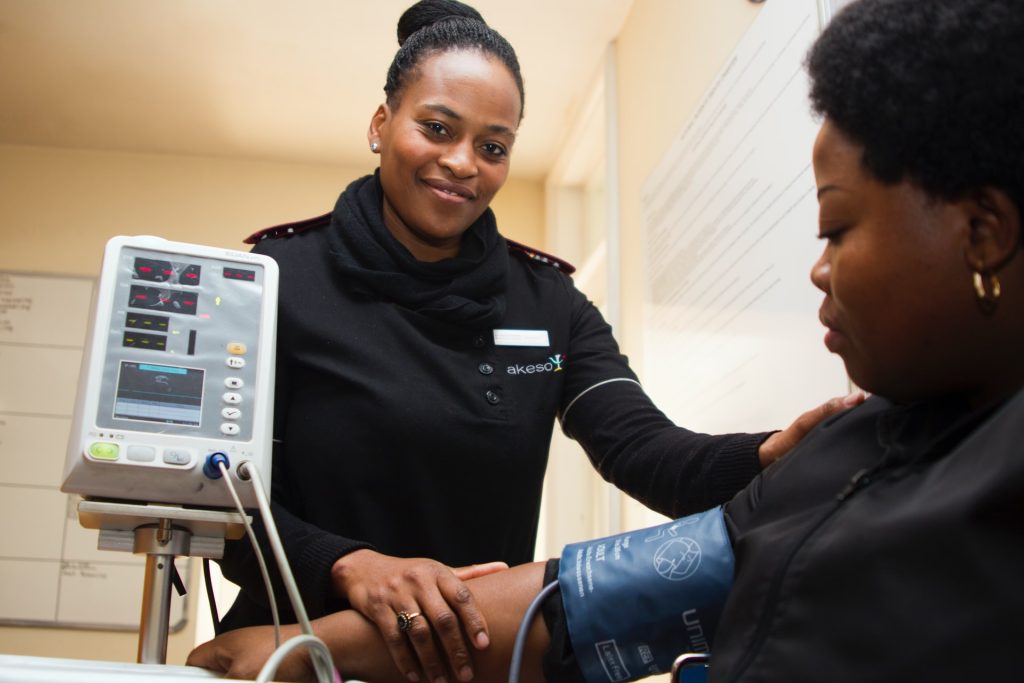Researchers Hit upon a Possible Biomarker for Schizophrenia

Investigators at Sanford Burnham Prebys have discovered that a certain protein circulating in blood could be a potential biomarker for schizophrenia. The activity of this protein, present in both the brain and blood, affects neural connections in human brains and is uniquely imbalanced in people with schizophrenia.
The study, an international collaboration among groups at Yokohama City University Graduate School of Medicine in Japan and the Department of Psychiatry at Harvard Medical School in Belmont, Massachusetts, was recently published in PNAS.
“This study examined the activity of CRMP2, a protein found in the brain (called a ‘cytoskeletal protein’) that regulates how neurons make connections with each other,” said co-senior author of the study Evan Y Snyder, MD, PhD, director of the Center for Stem Cells and Regenerative Medicine at Sanford Burnham Prebys. “CRMP2 also happens to be expressed in lymphocytes in the blood and can therefore be readily sampled in people by doing nothing more than a simple venipuncture.
“There was an abundance of CRMP2 levels in samples from people with schizophrenia compared to people without the disorder. We also saw structural abnormalities in the dendrites of neurons that could potentially be disabling because dendrites play an important role in receiving impulses from other nerve cells in the brain.”
In previous research, most people were found to maintain an even proportion of the two forms of CRMP2: its active, non-phosphorylated form and its inactive, phosphorylated form. Postmortem brain tissue and then blood samples from people with schizophrenia were examined and compared these levels to those in people without the disorder.
The findings indicated that the amount of active CRMP2 was too high in people with schizophrenia and, at least in young people with schizophrenia, was not balanced by an appropriate amount of increased inactive CRMP2. That imbalance between active and inactive CRMP2 could account for some dysfunctions in neural connections.
Testing blood for high levels of active CRMP2, along with low levels of inactive CRMP2, could support schizophrenia diagnosis.
“Schizophrenia can be challenging to diagnose early on or in young patients for a number of reasons,” explained Dr Snyder. “Pairing a blood test with psychiatric and neurobehavioral exams could help doctors distinguish schizophrenia from other conditions that have somewhat similar symptomologies, such as the manic phase of bipolar disorder or other behavioral, personality, or thought disorders.
“Our results were most striking in people under the age of 40, and even more so in people under the age of 30. An early diagnosis could improve the clinical management of affected individuals as well as accelerate the development of new therapeutic options,” Dr Snyder added.
As a next step, the researchers want to delve into the molecular biology of the disease to discover the ‘regulator’ that balances most people’s CRMP2 levels. They also want to conduct a larger, multi-centre clinical study that compares schizophrenia with other psychiatric disorders, which would include participants from more ethnicities and age groups.
Source: Sanford Burnham Prebys Medical Discovery Institute
Journal information: Munetaka Nomoto el al., “Clinical evidence that a dysregulated neural network modulator may aid in diagnosing schizophrenia,” PNAS (2021). www.pnas.org/cgi/doi/10.1073/pnas.2100032118










